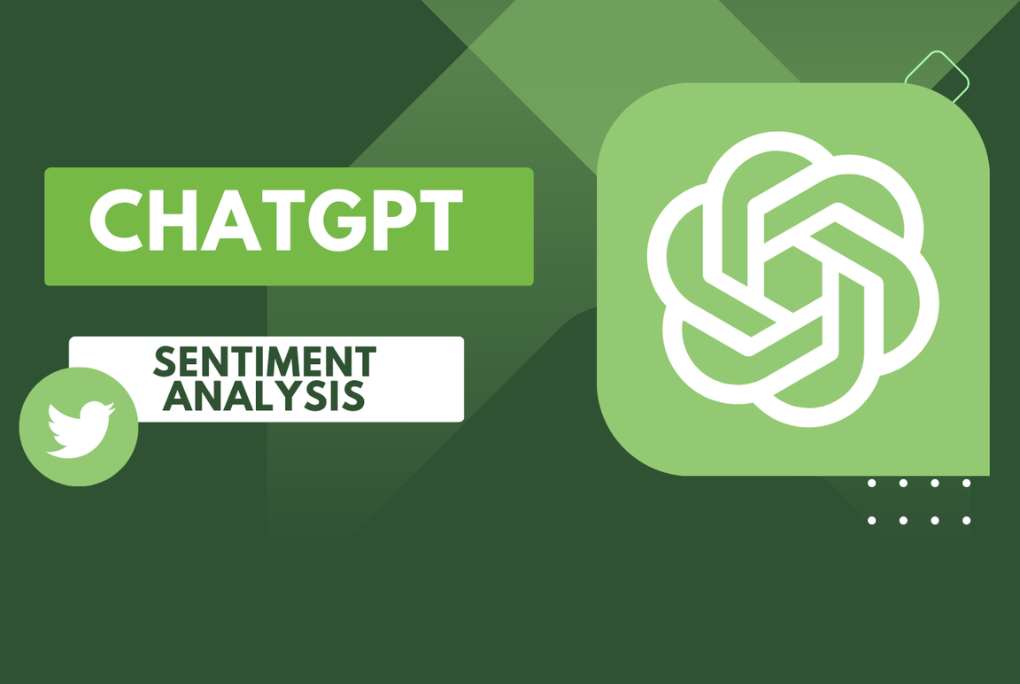We’re finally hitting a tipping point with artificial intelligence. ChatGPT and other models that can communicate in plain English, write and revise text, and even write code are making AI more useful to a much broader population of people.
The model behind ChatGPT crunches through an incredible amount of data written by humans, including books, articles, and other content scraped from the internet. For each token it generates, there are 175 billion weights being calculated.
Real-time Market Analysis
ChatGPT analyzes the latest cryptocurrency trends and news to provide investors with the insights they need to make informed investment decisions. It also helps them keep abreast of critical factors like new partnerships, regulatory changes, and technological advancements that could influence market movements.

To achieve this, ChatGPT crunches through a humongous corpus of human text data—books, articles, and other documents across many topics, styles, and genres. It then uses this trove of information to predict what text should follow any given prompt, in much the same way as predictive text on a mobile device.
The more coherently and precisely you frame your queries, the more optimized responses you’ll receive from ChatGPT. But don’t let AI become your go-to for everything; you still need to conduct thorough and extensive market research on your own. Just be careful not to get sucked into AI phishing campaigns or fall victim to misleading content. It’s best to use a combination of multiple security measures, implement robust authentication protocols, and regularly back up trading data.
Trend Identification
ChatGPT uses machine learning algorithms to identify and categorize data, providing traders with a more complete picture of their trading activity. This information is then used to inform future trading decisions.
In addition to identifying trends, ChatGPT can also perform advanced analytics on data sets. For example, a trader can ask the AI to perform a sensitivity analysis to understand how various inputs might affect financial forecasts.

This type of sensitivity analysis is similar to a scenario analysis, except it explores how different variables might impact the output. This capability allows a trader to assess the robustness of their financial projections.
Traders can also use this feature to compare their data with industry benchmarks. However, a trader should not rely solely on the predictions made by this tool, since it is possible for models to be biased or inaccurate. This is why it’s important to perform additional analysis using other sources. Nevertheless, this is an exciting new development in the world of artificial intelligence.
Sentiment Analysis
ChatGPT’s sentiment analysis capabilities allow it to respond to your emotions. It will know whether you are happy, sad, or frustrated, and it can provide you with appropriate support and guidance. However, it may miss certain nuances, such as sarcasm.

Despite the AI chatbot’s popularity, some people are concerned that hackers and other bad actors might abuse it to spread false information or make false statements about real people. The FTC is reportedly investigating ChatGPT for its potential to do this.
The company is working to mitigate these concerns by ensuring that it only uses public data to train its model. It will also be releasing plugins that will give third parties direct API access to the AI engine, enabling them to build useful applications for it. These apps could be used to analyze customer feedback, monitor social media, and identify trends that would benefit a business. They could even be used to analyze customer reviews of a product, allowing companies to improve their products and services.
Improved Decision-Making
The ability of a large language model to quickly analyze text data and provide multiple options is particularly useful for businesses seeking insights from customer feedback, market trends, or other sources of information. In the business world, this may mean that a chatbot can answer questions from customers and free up employees for other tasks. Or that an AI can help analyze a complex data set, such as sales penetration by country, to derive metrics and reports, reducing the need to hire external consultants.

However, this kind of analysis can also lead to irrational decisions. Boost gives an example of a ChatGPT answer that seemed accurate but was actually wildly inaccurate. As with any tool, it’s important for users to have expert directions (prompts) to get the best results. Additionally, the bias of the data used to train it can have an impact on the quality of an answer. As such, ethical concerns should be addressed to prevent bias in training data from influencing the conclusions of the model.










Recent Comments